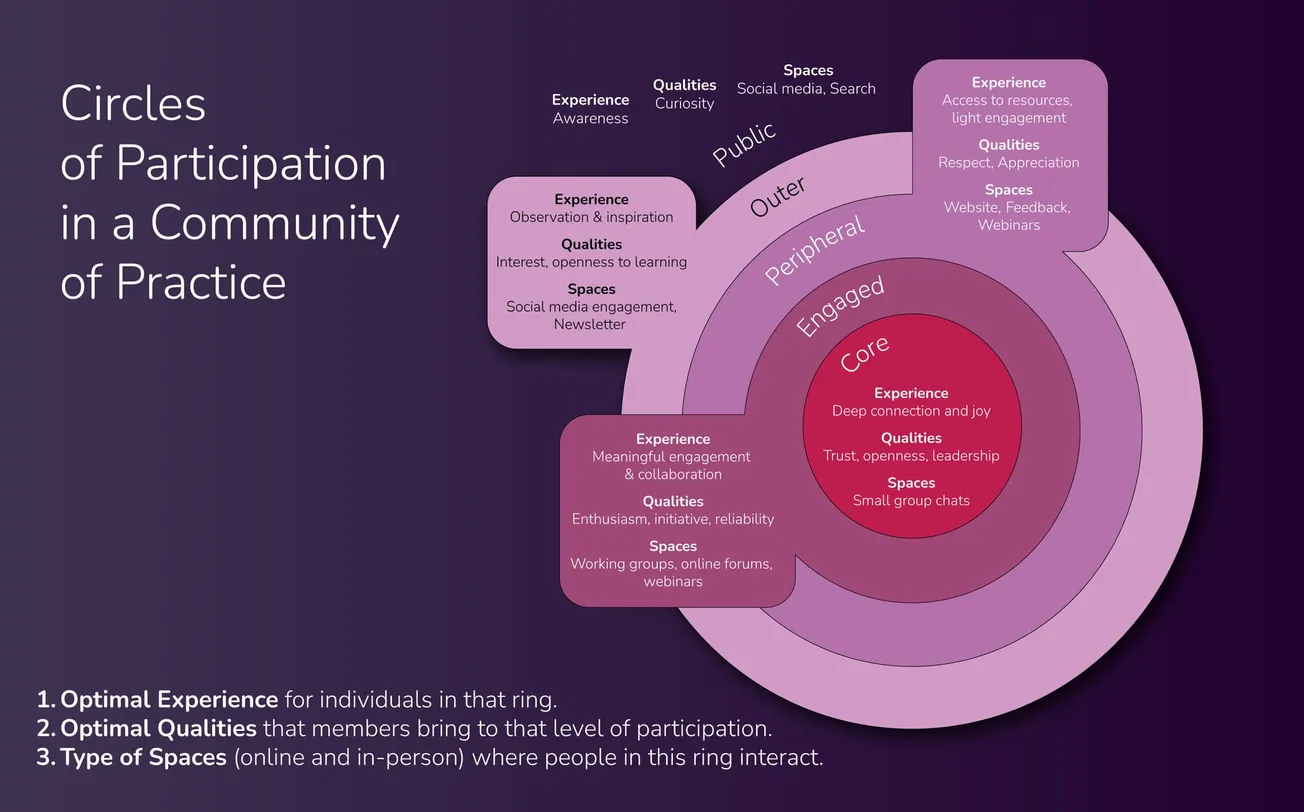Table of Contents
For the past decade, I’ve dedicated significant personal time to addressing the climate crisis—a challenge that deeply all of us. Though this work has often been volunteer-based or tied to my local government role, my primary income has come from software development, usually on projects unrelated to climate change. However, I’ve been fortunate that my career has given me the flexibility to participate in climate action in my free time.
Recently, I faced a career transition, and I’m thrilled to have started a contract with CanAdapt, where I can apply my skills directly to combating climate change. However, I did have some hesitation about their focus on adaptation.
In my own climate work, I’ve always leaned toward mitigation. Tackling the root cause of climate change—the burning of fossil fuels—feels like the most urgent task. After all, the more we mitigate, the less we’ll need to adapt in the future. Mitigation also offers broader societal benefits, such as decentralizing energy systems through renewables, which increases resilience, equity, and access while reducing reliance on centralized, fossil-fuel-based infrastructure. This shift democratizes power (both literally and figuratively), making mitigation not just a climate imperative but a step toward a more just and sustainable society. (IRENA)
However, adaptation is equally critical. Climate change is already here, and even the best mitigation efforts can’t undo its immediate impacts. Communities around the world—especially the most vulnerable—are already facing rising seas, extreme weather, and shifting ecosystems. Without adaptation, survival becomes impossible. (EESI)
What I’ve come to realize is that mitigation and adaptation are not competing priorities; they’re inseparable, complementary tools. Effective adaptation doesn’t just respond to today’s challenges—it can also reinforce and enable mitigation. For instance, resilient infrastructure designed to withstand climate impacts can integrate renewable energy solutions, marrying adaptation and mitigation in a single project.
Without adequate adaptation, we risk losing societal and political stability, making it even harder to prioritize long-term solutions like reducing emissions. Conversely, mitigation efforts that reduce the severity of climate impacts can make adaptation more manageable and less costly. (PBL Netherlands Environmental Assessment Agency)
The fossil fuel industry has historically pushed a false choice between these approaches, often favoring adaptation to avoid taking responsibility for the costs that their industry has imposed on the world. But we can’t afford to play into that narrative. Both are necessary, and both must be pursued with urgency and purpose. (IRENA)
This is why I’m excited to join CanAdapt. I can help ensure that our adaptation and mitigation efforts are equitable, efficient, and aligned with broader climate goals. At the end of the day, the best solutions don’t fit neatly into one category—they tackle immediate needs while setting the stage for long-term sustainability.
I look forward to my work with CanAdapt to build a future where adaptation and mitigation are treated as the inseparable tools they are—each strengthening the other to create a more resilient, just, and livable world.





